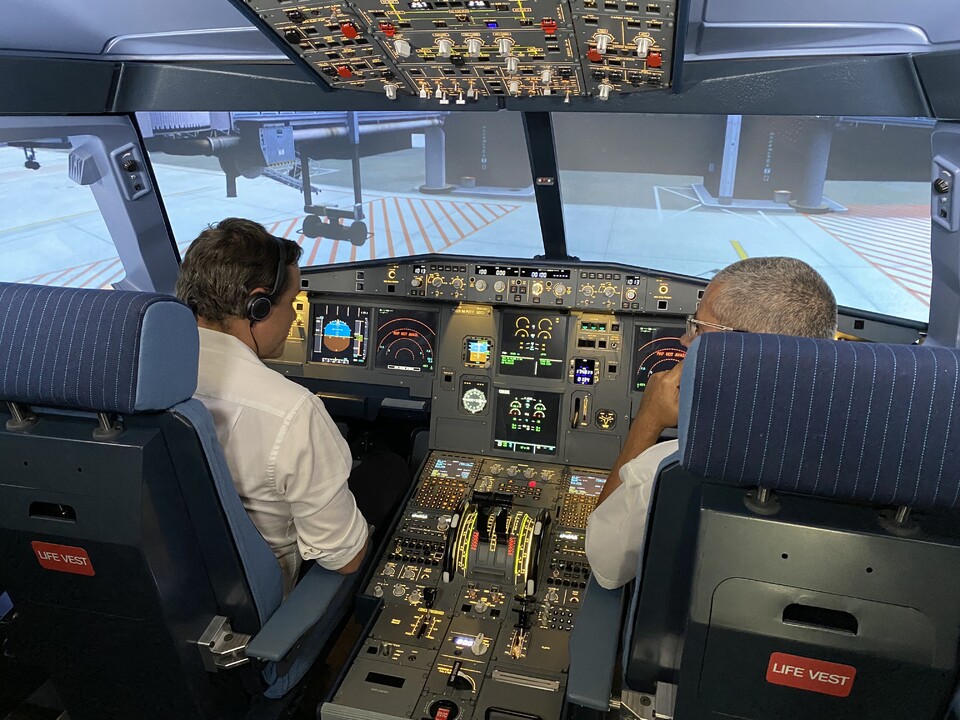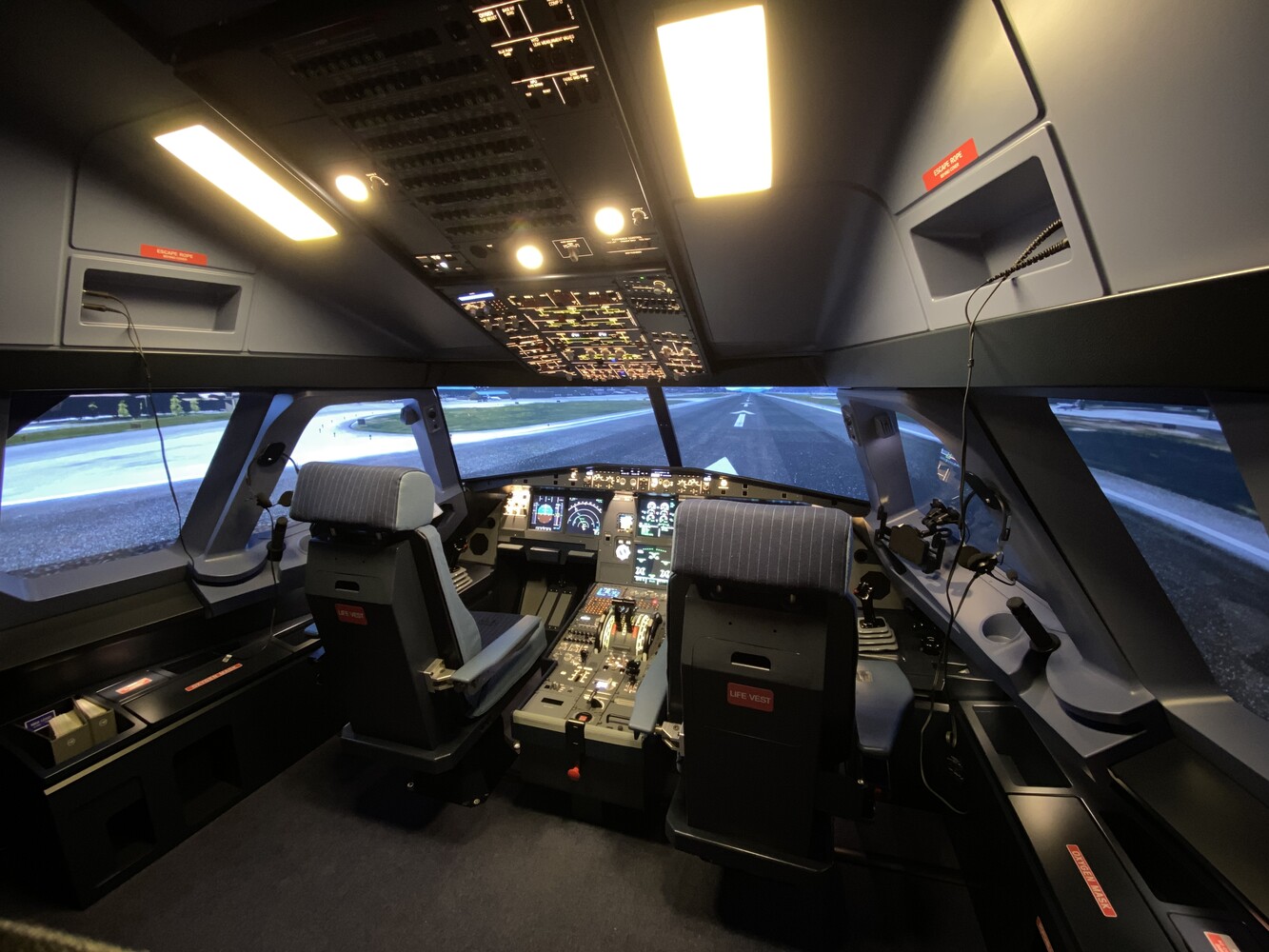The only way is up!
When browsing the internet searching for news on recovery of the aviation industry, one stumbles across positivism, optimism and inspiring statistics, predicting that the industry will be at pre-covid levels in the next two to four years. Predictions on duration of the recovery, largely depend on the source of the information and the interest that source has in the recovery itself.
As such, the conflict in the Ukraine (as such) is said not to have too much impact on the speed at which recovery is taking place. Due to exploding fuel prices, disturbances in the global supply chain and, for example, staff shortages, it is not yet fully clear what the role of high inflations rates – as being experienced by a great number of economies – will be.
Towards the end of 2022, IATA expects airline traffic to be at approximately 83 percent of pre-covid levels. Implicitly, this means that for the near future, there is sufficient aircraft (seat) capacity and new aircraft sales are limited to replacement and fleet reshuffling. Additional capacity is expected appear by 2023 at the earliest, provided global economy will not hit a recession. In this delayed recovery scenario, the global commercial aircraft fleet will settle at 29,100 by 2028 whereas pre-covid, this number was expected to hit 34,300, a decrease of 15 percent.
The demand for pilots develops slightly differently: Due to the pandemic, the industry suffered a significant drain in experienced pilots. Now that demand is picking up, airlines need to fill up the increasing number of cockpits again with qualified flight crew. Early retirement, career change and minimal entry of new pilots, is already causing pilot shortage in some areas. As there are still a great number of trained (current and non-current) pilots on the reserve bench, most airlines can still cope but as of the second half of this year a shortage is foreseen that could increase to as much as 34,000 pilots by 2025.
Looking at sheer market economics, one can predict that pilot shortages will occur most profoundly with those carriers that operate at the low end of the market, typically the LCCs. Legacy carriers have, in general, more favourable working conditions and attract qualified crew members from those operators if they are not able to fulfil their crew requirements from own training resources.
From all perspectives, adequate pilot training will be needed to cope with recovery first and growth thereafter. Obviously, this applies to Ab Initio training. However, assuming that there are experienced pilots around to cope with the current recovery scenario, a significant part of training will take place on high-end FSTDs that give necessary credits for Type Rating training. TDMs of these devices are particularly keen on understanding market demand for this kind of training.
Assuming a life span of 15 years, approximately 100 devices currently in service need to be replaced annually. In addition, and in view of the above, to train and retrain additional flight crews, another 15 to 20 devices are required annually.
In the current pilot training climate, the majority (approximately 75 percent) of this type of training is performed on Full Flight Simulators. However, current legislation allows for 50 percent of training credits to be obtained on Fixed Base Pilot Training Devices. When EASA NPA-Issue 3 comes into effect, this percentage will further increase. FAA may, in time, also adapt to this legislation as it improves transparency to determine suitability of an FSTD for specific training tasks and it streamlines legislation over different geographical areas.
Traditionally, airlines and operators are somewhat reluctant to transfer (part of) training tasks from FFSs to FTDs. Ingrained planning- and contracting patterns and the belief that training value on a Fixed Base Device can never be as high as that on a Full Flight Simulator feeds this tendency.
The cost of an hour in a FFS however is four to five times higher than an hour in a fixed base training device. The considerations for decision makers when acquiring a simulator will be a trade-off between sometimes conflicting interests being for example, legislative possibilities, Training Device capacity issues, Union demands, legacy issues, customer demands (in case of ATOs), conservatism and not in the least, obviously cost drivers.
If the pressure on pilot training capacity further increases, it is expected however, that Airlines and ATOs may become more conscious of the cost-effective possibilities that Fixed Base Pilot Training Devices can offer, not only for ME, IR, JOC and MCC training, but particularly also for Type Rating Initial and -Recurrent training including some parts of UPRT.
Even more so, as there is less pressure on productivity due to significant lower costs, quality of output may even increase, leading to more proficient pilots.
Aviatify is a manufacturer of Fixed Base Flight Simulators, typically for the high-end of the Pilot Training market. Our products are designed to improve productivity in pilot training and support Competency Based Training at lower costs.
Frank van de Laar
Commercial Director

Sources: IATA (Passenger Traffic Recovery Continues in March); BTN (IATA Projects Full Air Passenger Recovery in 2024); Oliver Wyman (After Covid-19, Aviation Faces a Pilot Shortage); CAE (Are you ready for the new normal?); Leeham News & Analysis (HOTR: Adjusting Airbus and Boeing orderbooks).
Human Factors in Flight Training
Recently, I stumbled upon an article on Human Factors, taken from the AMT handbook (Addendum Human Factors). The term human factors has grown increasingly popular since there is industry consensus that a vast majority of all aviation incidents and accidents is caused by human error.
Although the article particularly describes human conditions in relation to Aviation Maintenance, I conclude that a great number of the human factors as addressed in the text, relate to a cockpit environment as well. Moreover, it is my belief that these elements also apply to Flight Training. Fatigue, complacency and stress for example, in fact all human factors for proficiency (The Dirty Dozen*), are important human conditions that potentially can be triggers for errors, subjective instruction or evaluation, crew frustration due to untransparent training objectives, negative training, demotivation rather than inspiration or the inability to complete the training program.
Human factors is a term that covers the science of understanding the properties of human capability, the application of this understanding to the design, development and deployment of systems and services, and the art of ensuring successful application of human factor principles into any pilot training environment.
In that context, my interest was drawn to the description of “The Pear Model”. Although there are many concepts related to the science and practice of human factors, it helps if we share a unified view of things when considering human factors, also in flight training. For more than a decade, the term “PEAR” has been used as a memory jogger, or mnemonic, to characterize human factors in aviation. PEAR prompts recall of the four important considerations for human factors programs:
• People who do the job.
• Environment in which they work.
• Actions they perform.
• Resources necessary to complete the job.
People
In the context of Simulator Pilot Training, this factor refers to the instructor and the crew members. Thus, it focusses on the individuals, their physical capabilities and the factors that affect them. It should consider their mental state, cognitive capacity, and the conditions that may affect their interaction with others.
Environment
The single most important environment in Pilot Training is the flight simulator. Whereas the flight deck portion of the simulator reflects a specific or generic type of aircraft and as such is a given fact, the instructor station and aft cabin are areas in which human factors should be considered.
Actions
Human factors programs analyze the actions people must perform to complete a job efficiently and safely. Clearly in flight training, the instructor may have access to an array of tools enabling him/her to evaluate crew (inter-)actions. Flight Simulators typically provide a safe, and ideally productive environment for air crews to train, test and check procedures, skills and actions.
Resources
In the broad sense, a resource is anything an instructor or crew member needs to get the job done. In the context of providing productive pilot training, FTDs hold instruments, tools, manuals to facilitate this.
Thus
It may be logical that literature and other publications most often discuss human factors in flight, ATC, aircraft maintenance and ground handling. These arenas are of course the areas “where the action is” and where the impact of human error is critical. To me however, it is evident that human factors in flight training are an important focus area as well. This is where crew behavior is “programmed”; confidence is made or broken; “tricks of the trade” are thought; execution of procedures is evaluated etc. By facilitating a pilot training environment that consciously considers the role of the (human) flight instructor and his/her interaction with the airmen (m/f) in front, I believe that a significant contribution can be made to training quality with positive spin-off to different aspects of aviation safety.
Training Device Manufacturers (TDMs) have the great responsibility in the total chain of industry safety to provide a realistic cockpit environment and as per aircraft” simulator behavior. But considering the above, we have to go one step further: providers of Pilot Training Devices should pay much attention to the total configuration of the FTD including the work and workflow of the flight instructor. TDMs should facilitate a pleasant, ergonomic, comfortable, and productive working environment. By considering human factors throughout the training cycle and in every component of the Training Device, the flight instructor’s “workshop” will greatly improve and thus the quality and efficiency of training curricula.
Frank van de Laar
Commercial Director

* The Dirty Dozen refer to the twelve human factors for proficiency: Lack of Communication; Complacency; Lack of Knowledge; Distraction; Lack of Teamwork; Fatigue; Lack of Resources; Pressure; Lack of Assertiveness; Stress; Lack of Awareness; Norms.
Source: AMT Handbook Addendum Human Factors
